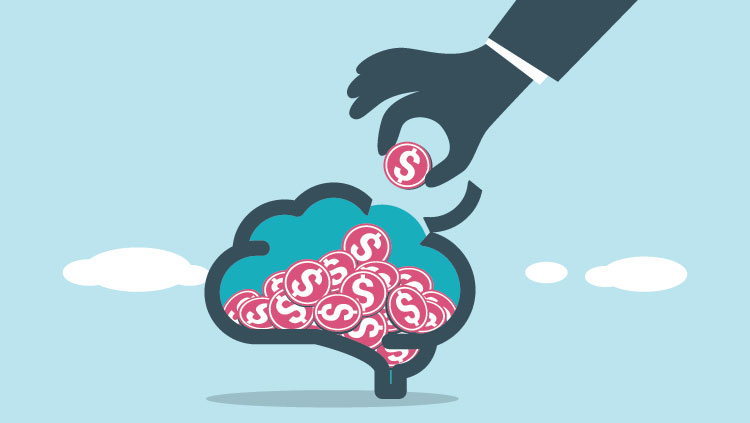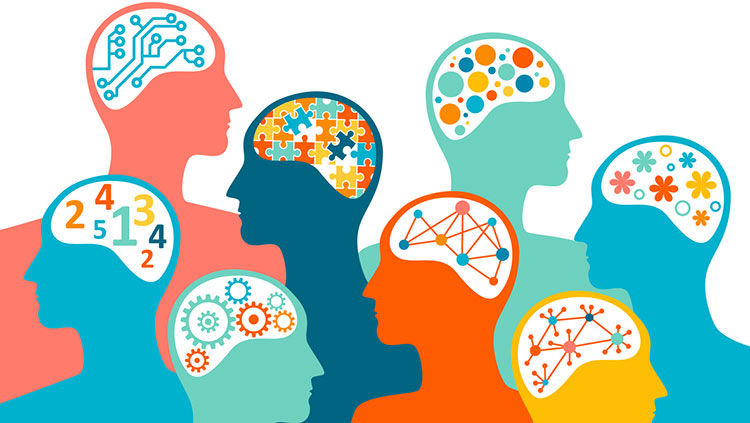How Neuroscience Informs (Behavioral) Economics
- Published11 Sep 2019
- Source BrainFacts/SfN
What motivates people making economic decisions? You might assume people are rational decision-makers and that they always choose the option that earns them the most money. But, that’s often not the case. With insights from neuroscience, behavioral economics research seeks to understand why people are often predictably irrational when it comes to economic decision-making.
This video is from the 2019 Brain Awareness Video Contest.
CONTENT PROVIDED BY
BrainFacts/SfN
Transcript
How neuroscience informs behavioral economists.
Economists believe that people are rational decision makers. Von Neumann and Morgenstern developed the 'Expected Utility Theory' which predicts that people are always aiming at earning as much money as they can. They therefore think that people are economic agents which make decisions in line with specific game theoretic rules. But is this really the case?
Daniel Kahneman, a behavioral economist, showed with the 'Prospect Theory' that depending on context, people react differently to losses and gains. You may, for instance, feel more angry about losing, than feeling happy about winning ten pounds. In economics this behavior is deemed 'irrational.' Behavioral economics research showed that we are not acting like 'economic agents' and is trying to find out why people are, often predictably, making irrational decisions.
With neuroscience techniques such as fMRI, neuroeconomics aims to elucidate how our brains process risks and uncertainty and whether emotions influence us. Neuroscientists such as Ernst Fehr and Alan Sanfey, study economic decision-making in the brain, for instance by using the 'Ultimatum Game.'
The 'Ultimatum Game' is a famous social decision-making experiment in economics and the social sciences. Two players have to split a given sum of money. One player is deemed the 'proposer' and the other the 'responder.' The 'proposer' offers how the money should be split between the two. The 'responder' can either accept or reject. If accepted, the money is split as proposed. If rejected, however, neither player receives anything.
According to economic theory, the 'proposer' should offer the smallest amount possible, and the 'responder' should never reject. But research showed that lots of people reject offers less than 30% and often offer around 50%.
So why do people do this?
Sanfey and colleagues investigated 'Ultimatum Game' decision-making by use of fMRI. They suspected that people object to unfairness due to their emotions. Players may be willing to sacrifice money to punish the proposer. They hypothesized that unfair offers in particular would activate neural structures involved in both cognitive and emotional processing. They also tested if players react differently when they play against a computer, rather than another human player.
The researchers focused on brain areas associated with cognition, emotion, and the mediation of conflict. For the cognition aspect, the dorsolateral prefrontal cortex (DLPFC) was investigated — it is associated with executive functions, planning, inhibition, and abstract reasoning. For the conflict resolution aspect, the anterior cingulate cortex (or ACC) was investigated, which is associated with reward anticipation, decision-making, impulse control, and emotion. For the emotion processing aspect, the insular cortex (or insula), which is associated with emotions such as anger and disgust, motor control, and interoceptive awareness, was investigated.
The findings suggest that emotions are a vital component of decision-making. Whenever the responder was faced with unfair offers, her brain activity correlated with her decision-making. When an unfair offer was accepted, greater DLPFC compared to insula activation was measured — this is thought to reflect the cognitive effort of accepting unfairness. For the rejection of unfair offers, however, the insula was more active than the DLPFC — this suggests that rejection is an emotional response.
Overall activity in DLPFC, insula, and ACC were stronger towards humans rather than computers indicating that context matters. To economists and behaviorists, the brain is a mysterious black box, but luckily neuroeconomics research can guide models of economics and help us better understand how people make decisions, for instance by showing on a neural level that we are influenced by our emotions.
Also In Law, Economics & Ethics
Trending
Popular articles on BrainFacts.org

















